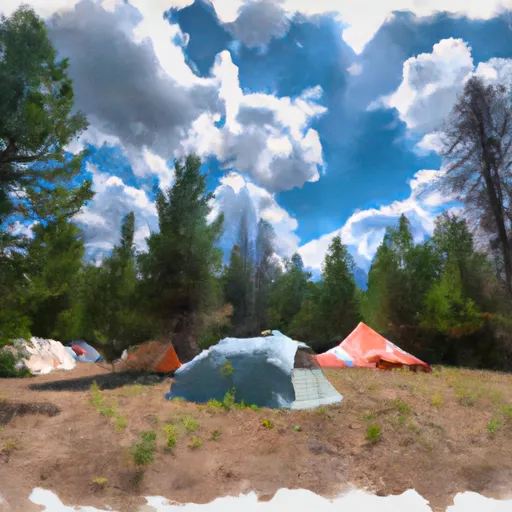Summary
The lake is home to a variety of fish species, including rainbow trout, brown trout, brook trout, and largemouth bass. Anglers can use a variety of techniques such as fly fishing, baitcasting and spinning to catch these fish species.
Apart from fishing, visitors can also enjoy other activities such as camping, hiking, and boating. There are several campgrounds near the lake, providing easy access to fishing and other outdoor activities.
Fishing tips for Perkins Lake include using lures that mimic the natural prey of the fish species, such as worms, minnows, and small fish. It is also recommended to fish during early morning or late evening hours when the fish are most active.
The best time to visit Perkins Lake is from May to September, with the average temperature ranging from 60°F to 80°F during this time. The lake is usually open for fishing during daylight hours from mid-May to mid-October.
In summary, Perkins Lake is a great fishing destination in Idaho, USA, offering a variety of fish species, nearby outdoor activities, and fishing tips to improve the angling experience. The best time to visit is from May to September, with average temperatures ranging from 60°F to 80°F.
Weather Forecast
Nearby Streamflow Levels
Angling Safety Guidelines
Check local fishing rules, seasons, size limits, and license requirements to ensure legal and sustainable angling.
Handle Fish Responsibly
Use wet hands, minimize air exposure, and release fish gently to improve survival rates when practicing catch-and-release.
Choose the Right Gear
Match your rod, line, and tackle to the species and conditions to increase success and reduce unnecessary harm to fish.
Respect the Waterway
Avoid disturbing habitat, prevent bank erosion, and keep a safe distance from spawning areas to protect ecosystems.
Keep It Clean
Pack out all line, hooks, bait containers, and trash—discarded gear can injure wildlife and degrade waterways.

 Alturas Lake and Pettit Lake Areas
Alturas Lake and Pettit Lake Areas
 Yellowbelly Lake
Yellowbelly Lake






 Alturas Tent Camping Area
Alturas Tent Camping Area
 Smokey Bear
Smokey Bear
 Smokey Bear Campground
Smokey Bear Campground
 Smokey Bear (Alturas) Campground
Smokey Bear (Alturas) Campground
 North Shore Alturas
North Shore Alturas
 North Shore (Alturas) Campground
North Shore (Alturas) Campground